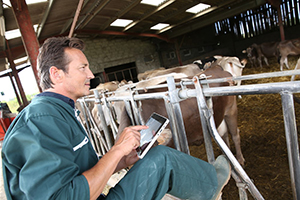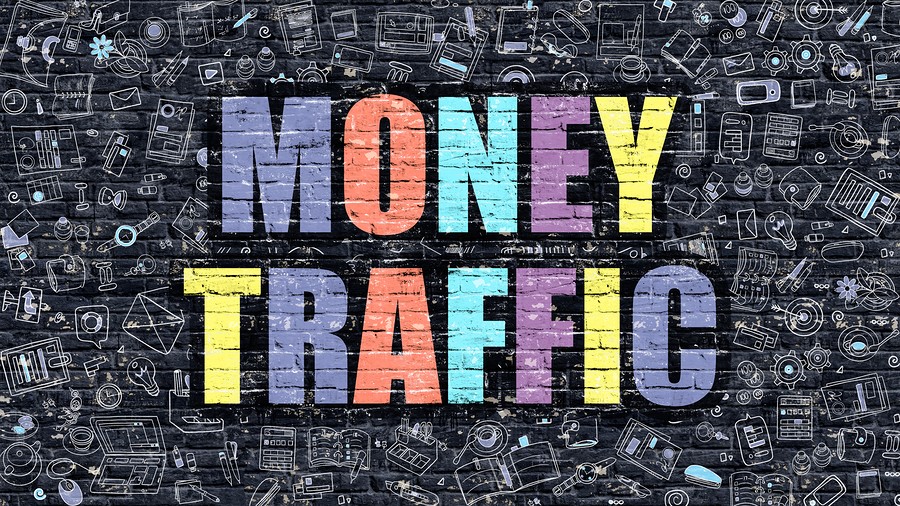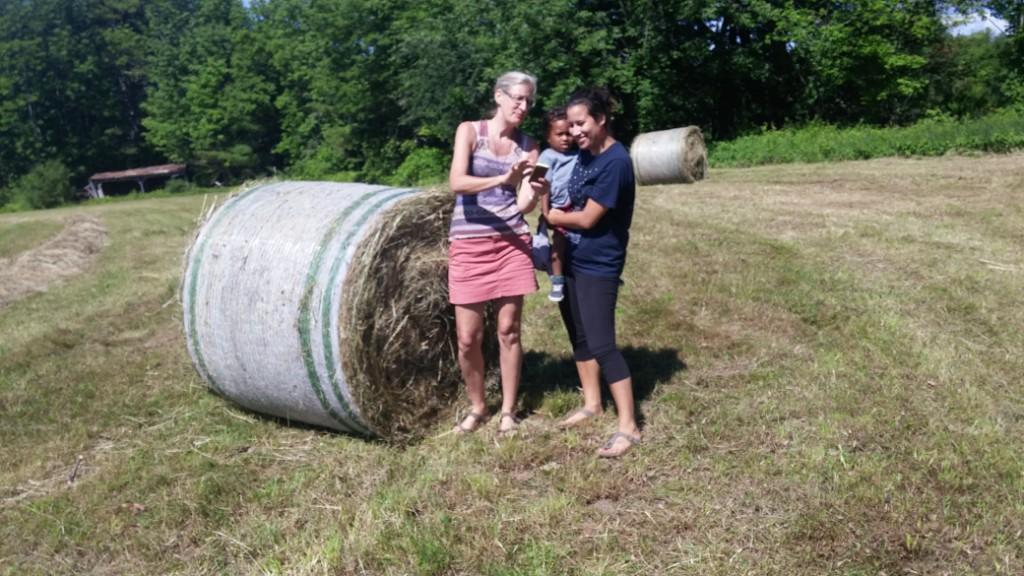How Farmers Use Six Social Networks
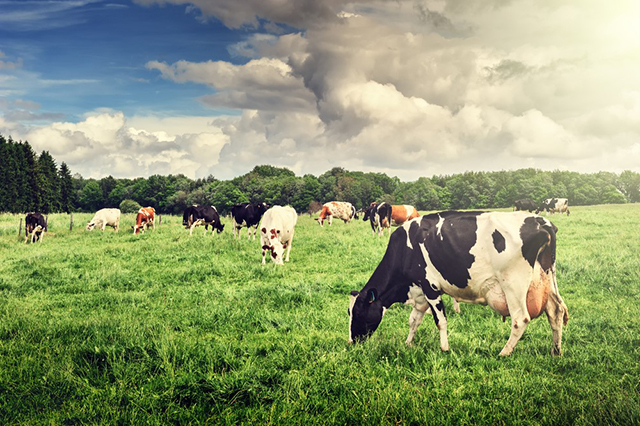
Country folk are universally less likely to use social networks than city slickers. Whatever the reason for this – disparate age demographics, less reliable Internet access, or a difference in the value perception of social networks – it doesn’t have to be this way.
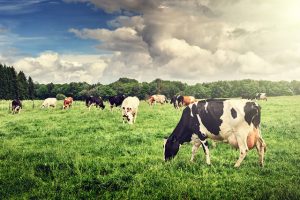
Farmers find benefit from interacting on social networks in various ways. This guide outlines the social networks farmers use and how they use them.
1. Facebook: Like everyone else, farmers use Facebook as a utility in the social media world. Its features – user profiles, business pages (think farm profiles), private messaging, and text-, photo-, and video-sharing – are functional and basic. Because it’s basic, interest in Facebook is just as high in the country as it is in the city. According to a Sprout Social study, 69% of adults (18 and older) living in rural areas use Facebook. This number is on par with Sprout Social’s statistics for urban use (71% of adults) and suburban use (72% of adults).

2. Pinterest: Farmers use Pinterest to organize ideas, projects, and inspirations. Pinterest is a virtual bulletin board for images and, less frequently, video clips. Users add these images and video clips (called pins) to Pinterest. They search or browse pins and build their own idea boards on subjects like weddings, gardening, cooking, and homemaking. Many pins are instructional – there’s a tutorial on Pinterest on how to do anything from make killer sauerkraut to raise healthy chickens. According to a Sprout Social study, 30% of adults (18 and older) living in rural areas use Pinterest. Unusually, rural adults are actually more likely to be on Pinterest than urban or suburban adults. The site’s content – gardening, home improvement, rustic charm – reflects the site’s rural values.

3. Twitter: Twitter users share short text or photo messages with one another. The site reduces the microblogging platform to its bare essentials – posts must be 140 characters or less. Twitter groups similar messages together based on hashtags to facilitates a public discourse on any and every topic, including agriculture. According to a Sprout Social study, 17% of adults (18 and older) living in rural areas use Twitter. Despite the fact that this number is significantly less than Sprout Social’s statistic for urban use (25% of adults), farming conversations are happening on Twitter. The AgChat Foundation, for example, facilitates weekly conversations between those in the business of growing food, fuel, feed, and fiber. To participate, use the hashtag #AgChat.

4. LinkedIn: LinkedIn’s features – a public resume and closed circles for college alumni, businesses, industries, and organizations – support users’ professional development. In rural areas, LinkedIn is half as popular as it is in urban and suburban areas. According to a Sprout Social study, just 14% of adults (18 and older) living in rural areas use LinkedIn. While traditional rural occupations like agriculture tend to be vastly underrepresented, farmers and agriculture executives do have a presence on the site nevertheless. The Agriculture group, for example, has over 100,000 members (all involved in agribusiness in one form or another) from all over the world.

5. Farmers Only: Farmers use the dating site Farmers Only to locate available singles in their area. Because rural communities are so isolated, it is often difficult for farmers to find someone to date in their neighborhood. With 100,000 registered users across the United States, this site is one way to significantly widen the rural dating pool. Founder Jerry Miller claims that the site has brought together hundreds of now-married couples.

6. Food Hub: This site connects farmers and ranchers in California, Oregon, Washington, Idaho, and Montana with local buyers (usually bulk buyers like restaurants and cafeterias). The site’s 6,000 members include an almost equal proportion of buyers and sellers, plus agriculture associates and distributors. Sellers create public profiles, which buyers browse. Sellers and buyers can also interact in the marketplace, a wall where members post wanted and for sale notifications. Food Hub sends weekly “Fresh Sheets” detailing seasonal products available to its members; the associate version of the Fresh Sheet includes site trends and analytics.


